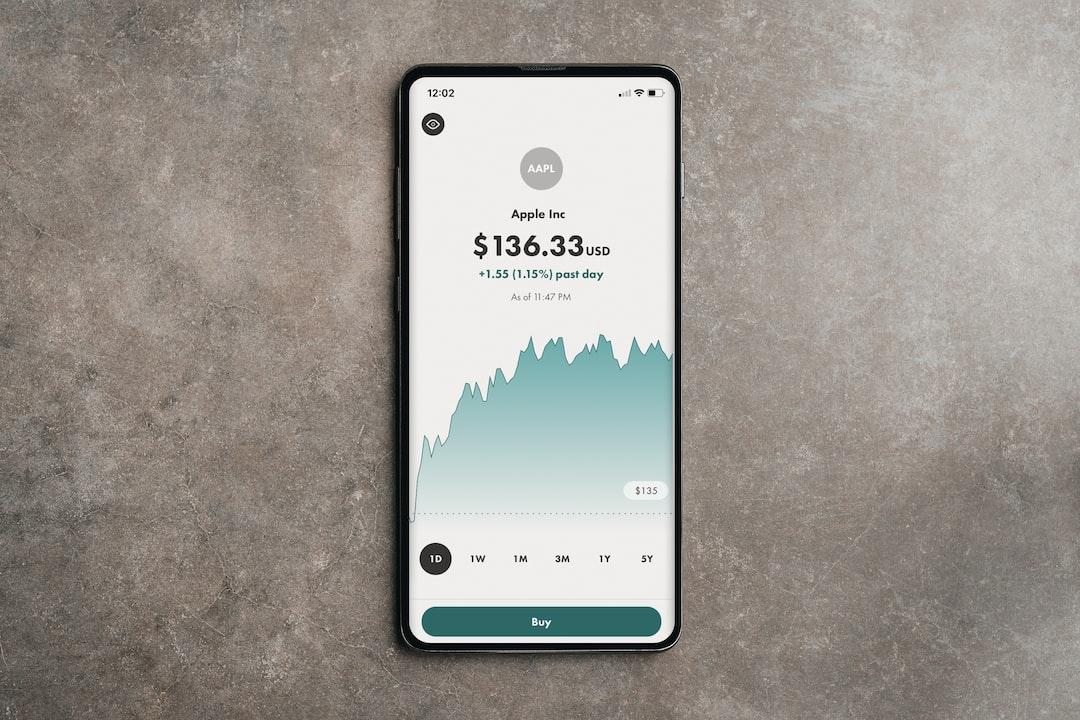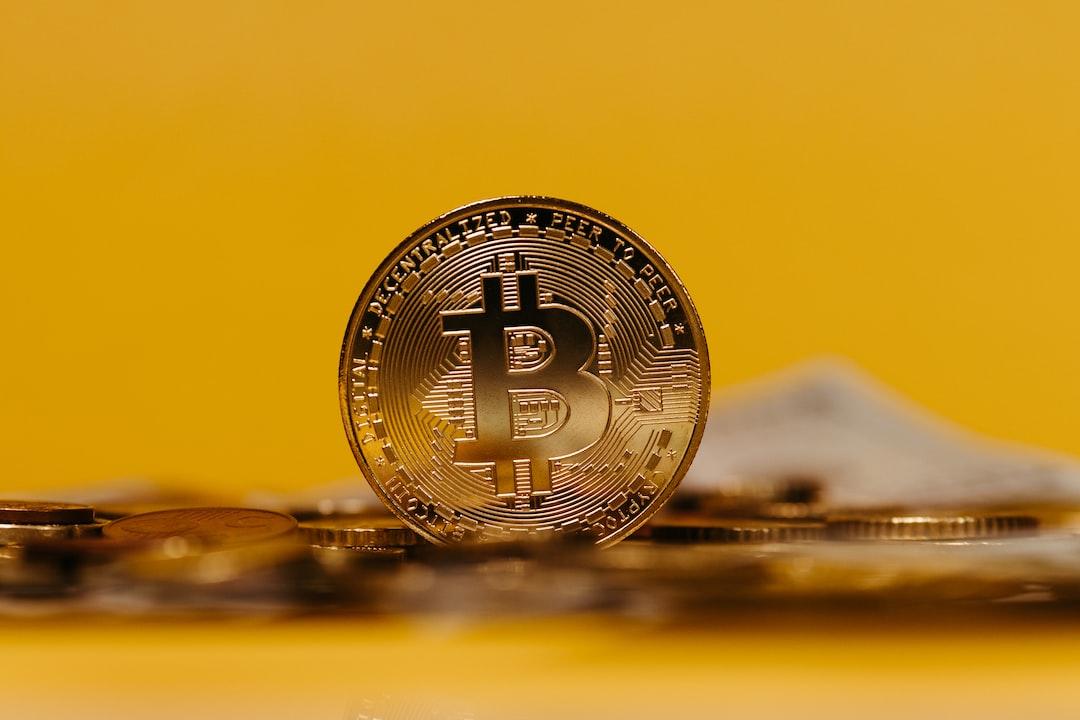Venture capital firm Mechanism’s co-founder, Andrew Kang, wrote that the potential for Ethereum ETF is limited and in the long term, Ethereum is more like a declining Intel rather than Nvidia or Amazon.
(
Will the Cooling of Meme Coins Impact Solana? Andrew Kang Predicts SOL May Fall to $80
)
Table of Contents
Toggle
Limited Upside for Ethereum ETF
1. ETH has followed BTC’s rise
2. Inflation of Bitcoin Spot ETF Inflows
3. ETH’s network activity will only be 15% of BTC’s
Ethereum is more like Intel than NVDA or AMZN
On-chain activity is shifting to major blockchains
Limited Upside for Ethereum ETF
1. ETH has followed BTC’s rise
Andrew Kang
mentioned that he was bullish on Bitcoin’s surge when he submitted a Bitcoin ETF application to BlackRock. Since then, Bitcoin has risen about 2.6 times, while ETH has risen about 2.1 times.
Advertisement – Continue reading below


Looking at the bottom of the cycle, both BTC and ETH have already risen about 4 times. So even if the Ethereum ETF is successfully listed, will there still be room for further upside?
He believes that unless there is a significant improvement in Ethereum’s fundamentals, he does not expect further price increases.
2. Inflation of Bitcoin Spot ETF Inflows
He further pointed out that the assets under management of the Bitcoin ETF have reached $50 billion, with a net inflow of $14.5 billion since its listing. However, this is not the actual inflow of funds and needs to be adjusted for arbitrage trades, spot transfers, and other neutral fund flows.
He estimated that about $450 million of net flows were due to arbitrage trades, and large holders like BlockOne have also converted a significant amount of BTC spot holdings into ETF, amounting to about $5 billion. Therefore, the actual net inflow of the Bitcoin ETF is only about $5 billion.
3. ETH’s network activity will only be 15% of BTC’s
Bloomberg ETF analyst Eric Balchunas estimated that ETH’s network activity may only be 10% of BTC’s. Based on the inference from the second point, the net inflow of the ETH spot ETF after 6 months of listing is about $1.5 billion, and the actual net inflow is about $500 million.
Andrew Kang predicts that the actual net inflow will be around 15% of BTC’s, and the familiarity with ETH in the crypto space may lead to higher expectations for the Ethereum ETF compared to the expectations of traditional retail investors. It is possible that the public is not as optimistic about ETH as they are about BTC.
He believes that after the launch of the Ethereum ETF, the price will drop to $2,400 to $3,000.
(
Elderly People Don’t Understand “Ethereum,” Lack of Traditional Market Selling Points for ETH ETF?
)
Ethereum is more like Intel than NVDA or AMZN
After analyzing the limited upside potential for the Ethereum ETF,
Andrew Kang
further criticized the price trend and fundamentals of Ethereum.
Ethereum is often seen as a tech stock, and he believes that the trend of ETH is similar to the long-term decline of Intel and Cisco:
As growth becomes limited, innovation slows down, and competitors grab market share, Intel has experienced several bubbles in the past. This affects the willingness of investors to invest in a company with a market value of $420 billion (Ethereum’s market cap), a P/E ratio of 200, and negative revenue growth. Cryptocurrency enthusiasts may buy into it, but given the current fundamentals, it is foolish to believe that traditional finance will inject a significant amount of capital. It’s simply wishful thinking.


Intel monthly chart


ETH/BTC monthly chart
On-chain activity is shifting to major blockchains
Andrew Kang concluded:
It is wishful thinking to believe that Ethereum is following the path of Nvidia or Amazon. These companies have convincing year-on-year growth plans and a history of revenue growth. In contrast, Ethereum is experiencing the typical bubble peak with NFTs dying out, on-chain transactions shifting to other blockchains, and on-chain fees trending downward.
Andrew Kang
Cisco
ETF
Intel
Ethereum
Bitcoin


Further reading
Cryptocurrency Market Faces Selling Pressure: Outflows from Spot ETFs, Reduced Reserves from Mining Companies, Government Institutions Selling
Standard Chartered Bank Plans to Launch Bitcoin and Ether Trading Platform: Actively Supporting Customer Demand

